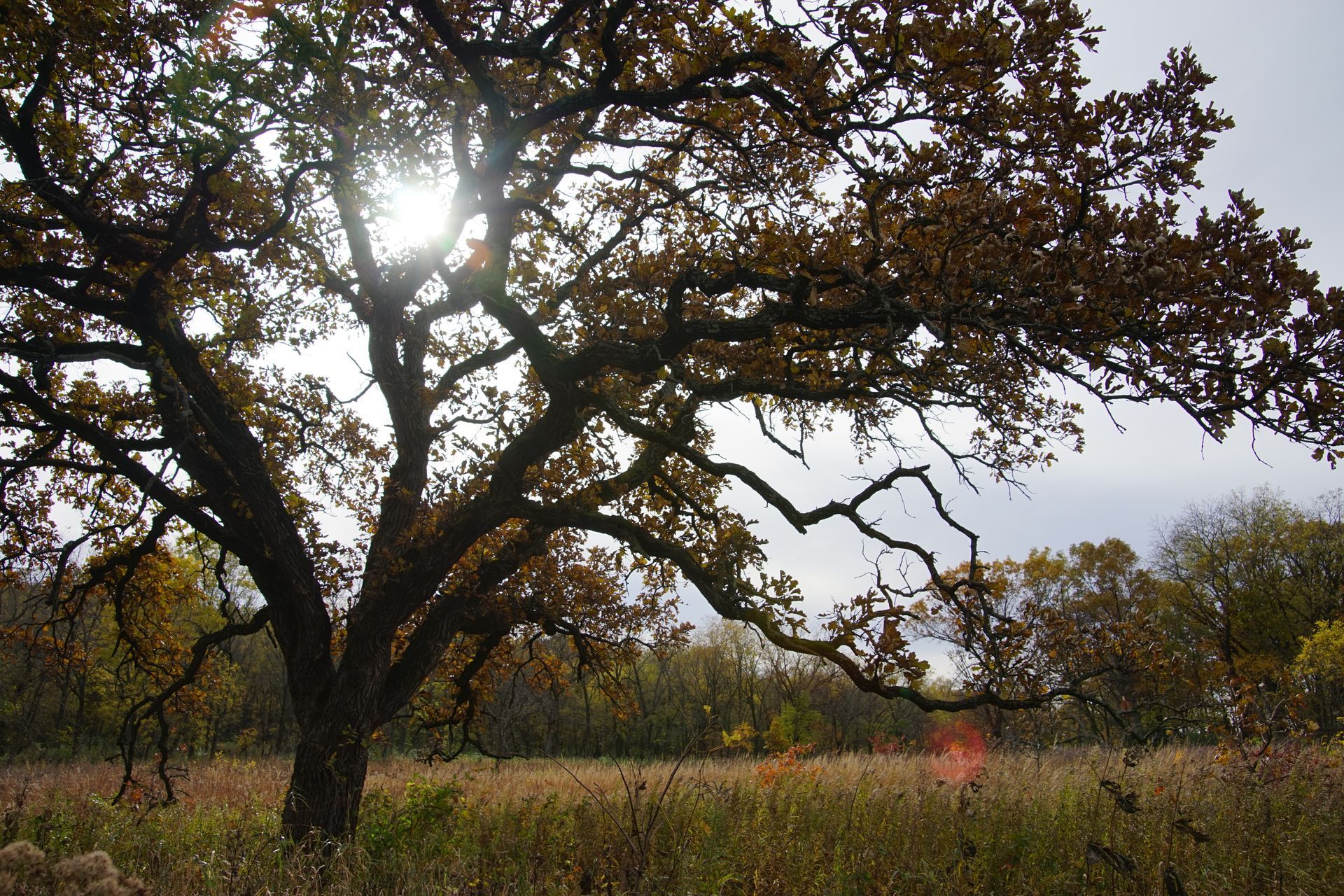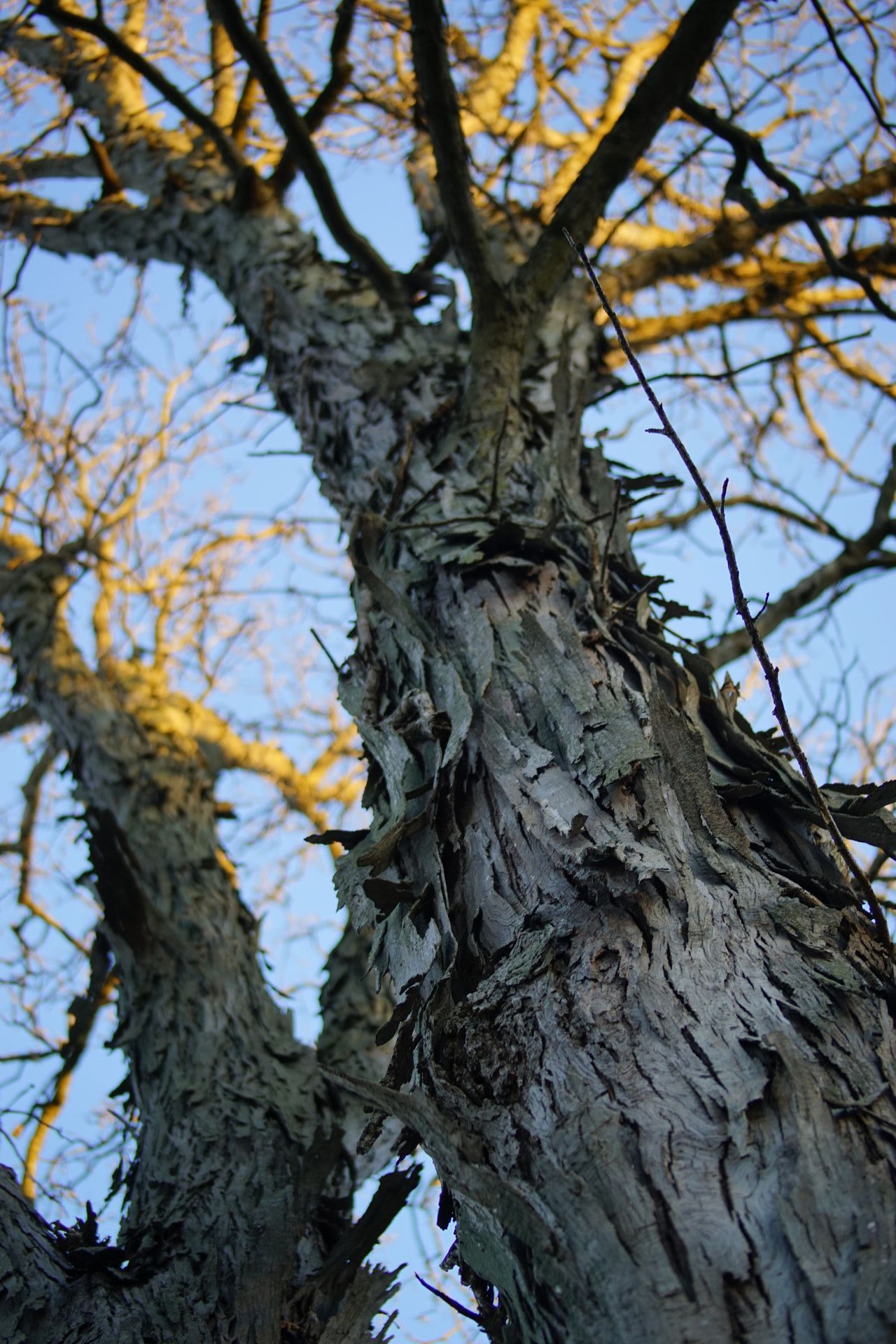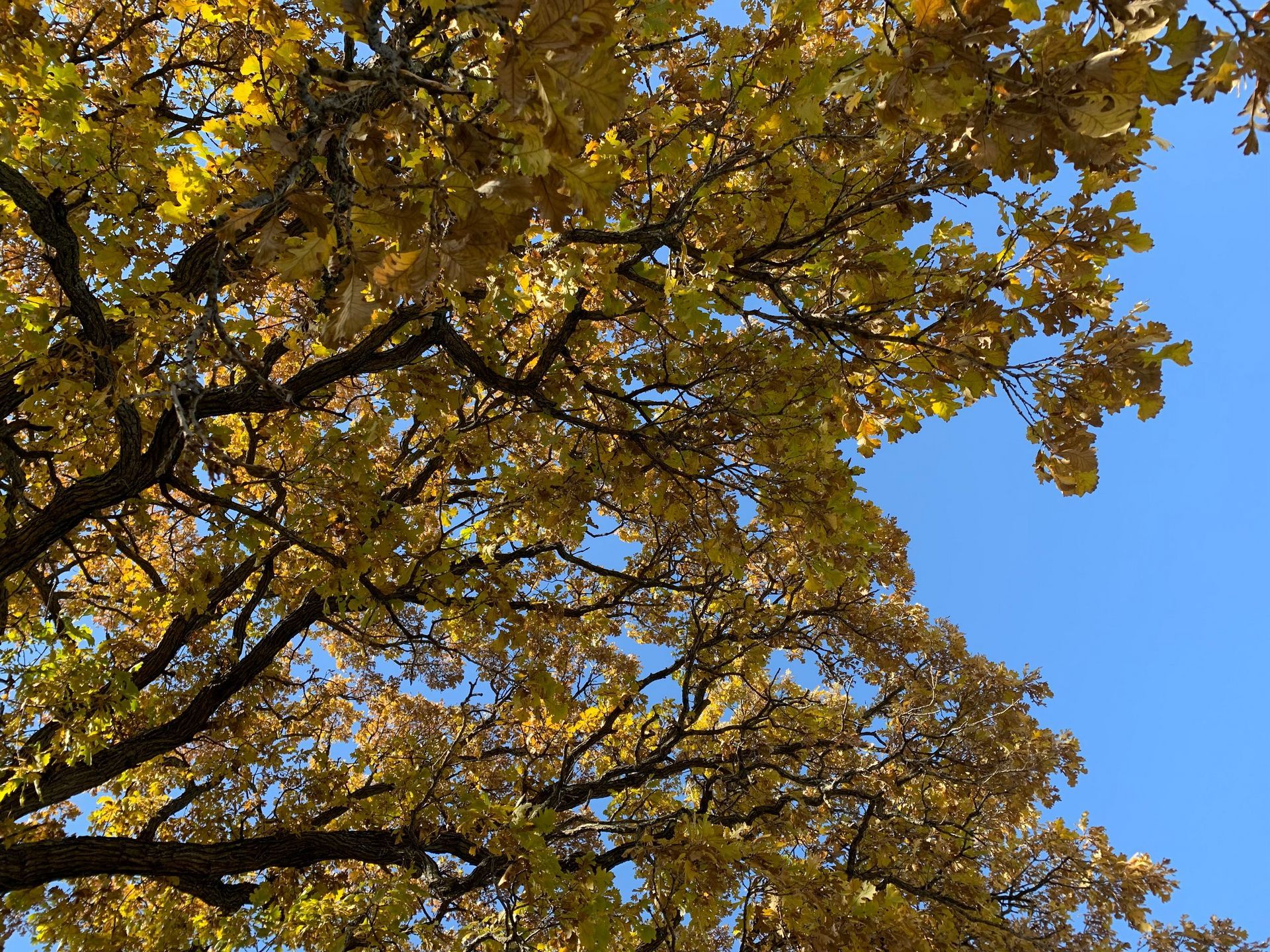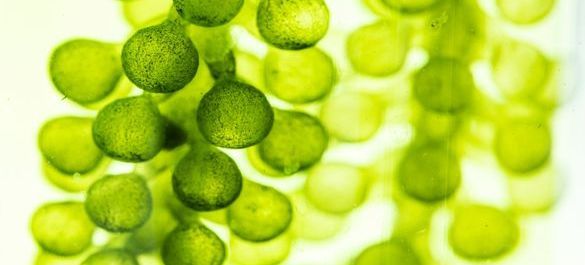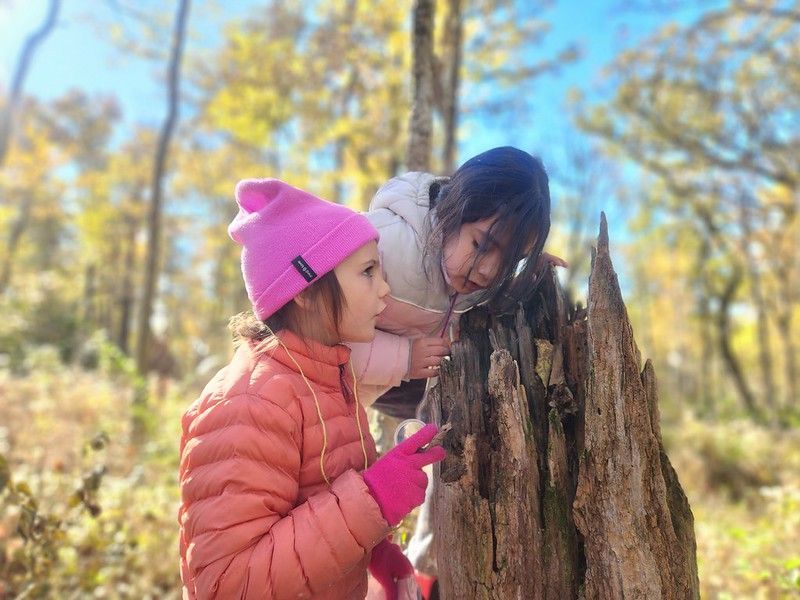Black walnut trees (Juglans nigra) hold deep ethnobotanical significance in North America, where Indigenous peoples and early settlers utilized nearly every part of the tree for food, medicine, and practical uses. The nuts are exceptionally nutritious, rich in protein, and healthy fats—black walnuts, in fact, contain more protein than any other nut. Indigenous groups, including the Cherokee, Delaware, and Meskwaki, ground the nuts into meal or pressed them for oil, making them an important source of sustenance, particularly during the harsh winter months when other food sources were limited. Today, black walnuts have shiften from a culinary staple item to more of a topping or high protien snack.
Beyond their culinary value, black walnuts played an important role in traditional medicine. Many indigenous peoples used the bark of the black walnut tree for its medicinal properties. Teas made from the bark served as cathartics or emetics, while the bark itself was chewed or applied to aid ailments such as toothaches, snake bites, and headaches. The natural tannins in the walnut's hulls were also used as a natural dye, which creates a rich, earthy tone for textiles and basketry. This dye is so strong that it will often dye your skin- you might be familiar with this if youve ever picked up an unhusked walnut!
In addition to food and medicine, black walnut wood is highly sought after for its strength and durability. The dense, sturdy wood has been, and continues to be used to craft tools, build furniture, and even construct homes.
Adaptations: One of the black walnut’s unique adaptations is its allelopathic nature. The tree produces a chemical called juglone, a natural toxin that inhibits the growth of many other plant species around it. This chemical defense mechanism helps the tree reduce competition for sunlight, water, and nutrients- elements that are vital for survival. Juglone, found in the highest concentrations in the tree's roots, buds, and nut hulls, interferes with the energy production needed for photosynthesis in sensitive plants, causing them to yellow, wilt, and eventually die. This toxic effect makes it challenging to grow certain plants near a black walnut tree, so gardeners need to be cautious when planting around these trees!

